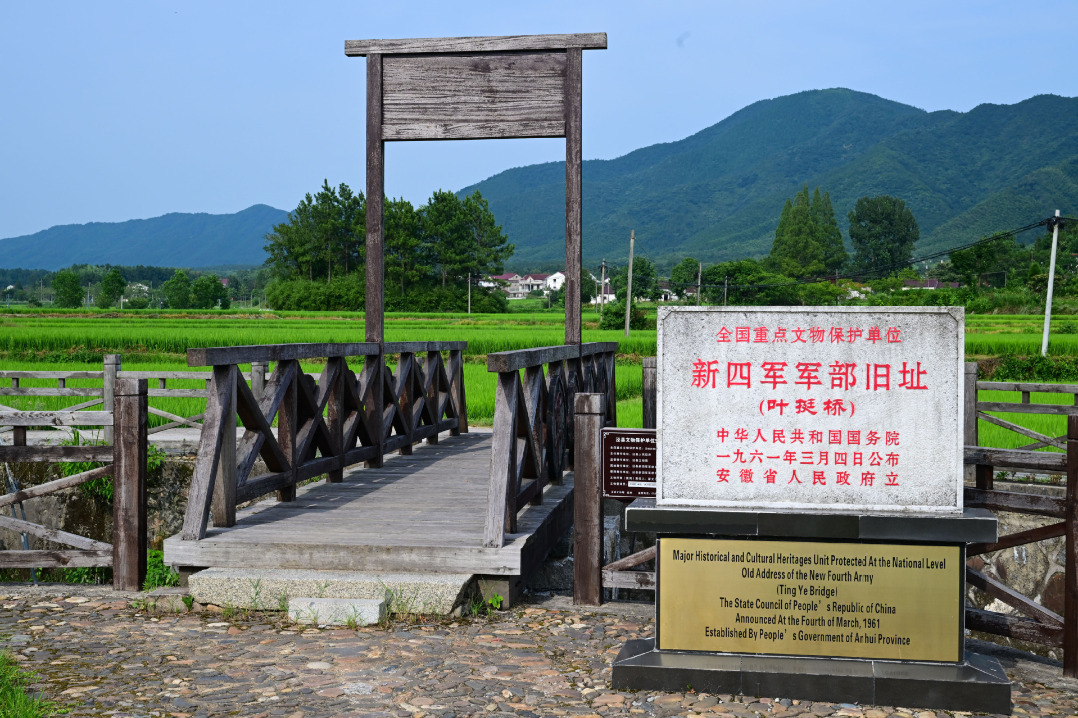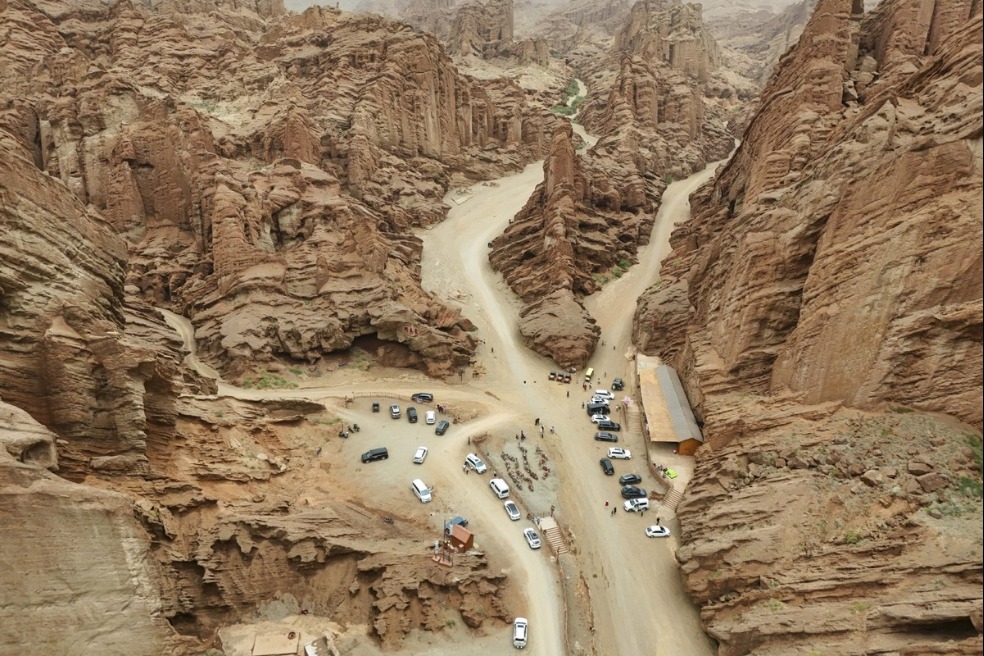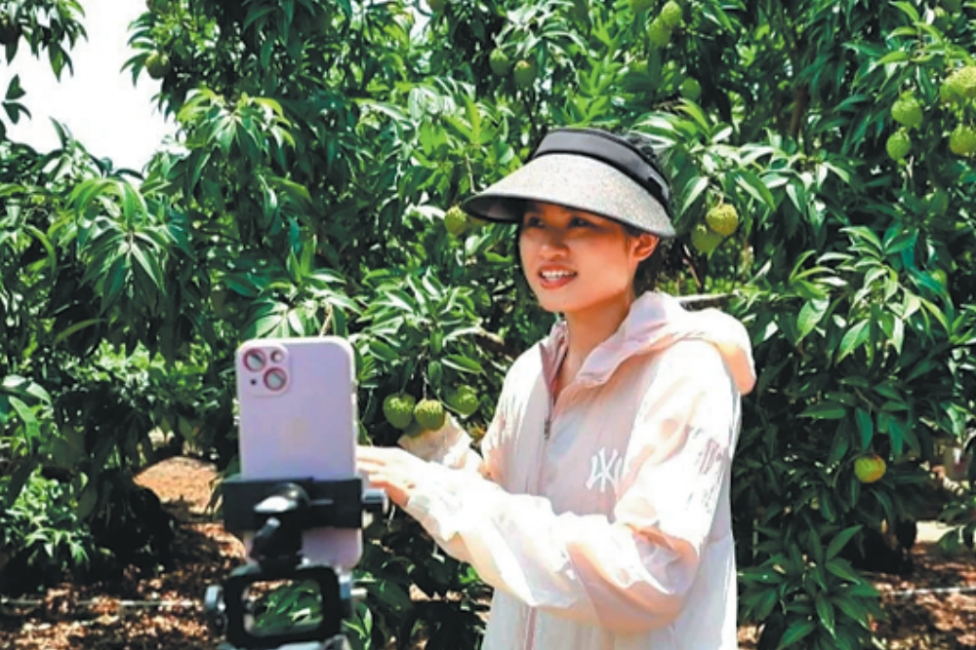Digital platform reunites Dunhuang artifacts as cave discovery marks 125 years

LANZHOU -- A groundbreaking digital database, launched Saturday in Dunhuang, Northwest China's Gansu province, has brought together thousands of scattered cultural relics from the millennium-old Mogao Grottoes' Library Cave for the first time.
The "Digital Library Cave" platform, developed by the Dunhuang Academy, integrates 74,651 artifact records and shares over 9,900 manuscripts, more than 60,700 images, and 8.4 million characters.
Discovered accidentally in 1900, the Library Cave yielded over 73,000 artifacts, including Buddhist scriptures, documents and artworks. While only 26,000 items remain in China, institutions like the British Museum have contributed digital copies of their collections to the platform.
"This is a bridge connecting ancient and modern civilization -- a digital library spanning a millennium," said Su Bomin, dean of the Dunhuang Academy.
The platform employs AI-powered text recognition, image stitching, and knowledge mapping to enable global access to research materials and high-resolution images of the artifacts.
Supported by seven international partners, including Harvard University and the Library of the Hungarian Academy of Sciences, the initiative has also secured data-sharing agreements with nearly 20 Chinese institutions like the National Library of China.
- Domestic single-dose flu drug approved
- Water mahjong games cool visitors in Chongqing
- Sanya to host sixth Asian Beach Games in April
- Guangdong, Hong Kong and Macao to jointly hold entrepreneurship competition
- China approves rice-derived recombinant human albumin injection
- Hundreds attend 5th TCM Culture Festival in Tianjin





































